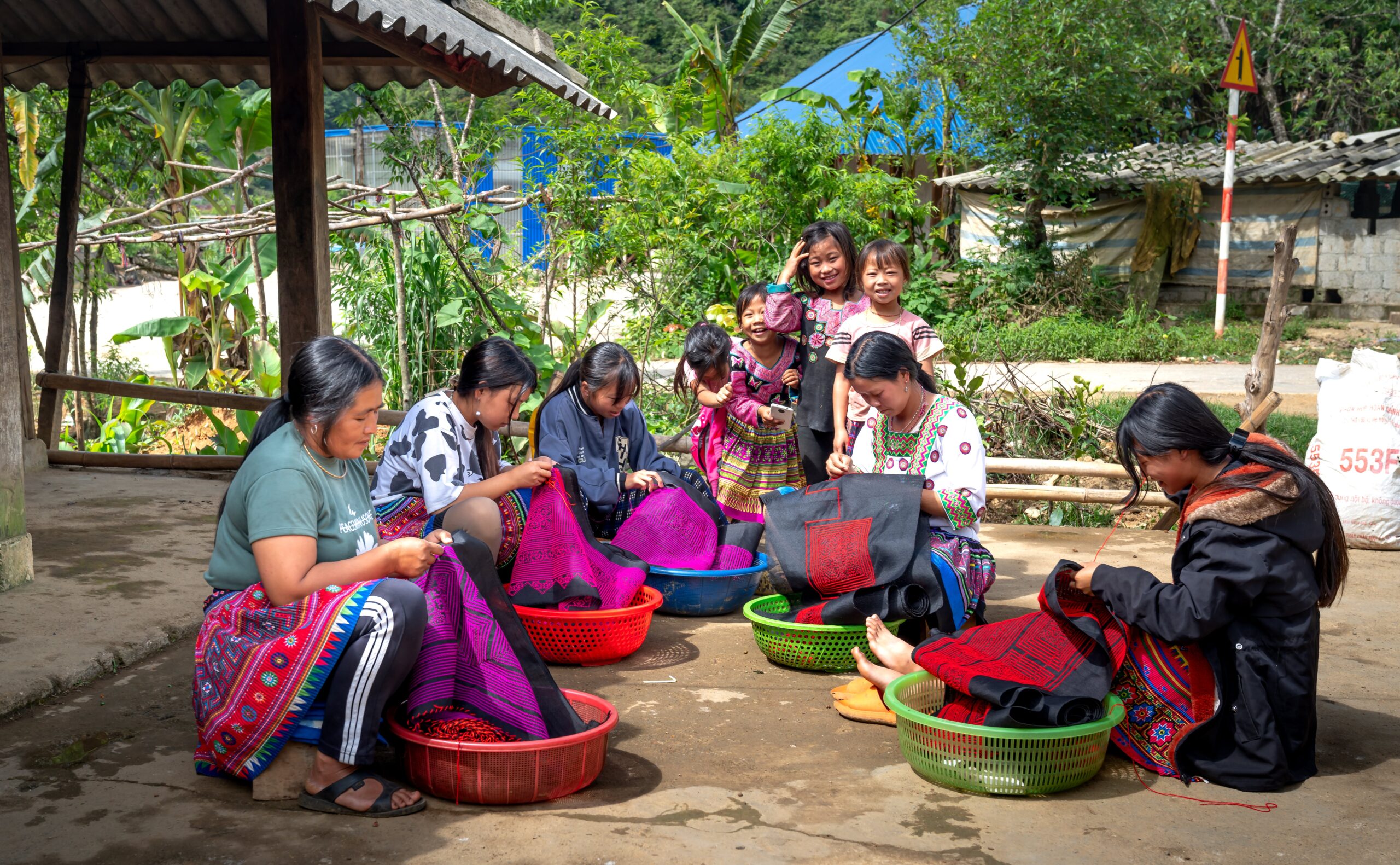
Local Women, From remote landscapes to vibrant cityscapes, “indigenous women” are that sturdy thread which sews the very fabric of society together with their resilience, wisdom, and dynamism. From bustling cities to rural and small towns, indigenous women form the backbone of building their communities, raising families, and upholding cultures. The term “indigenous women” varies according to its application in a given situation and comprises a wide range of experiences and challenges with achievements. We are going to explore the signification of indigenous women and their roles in different regions, singular issues they have faced, and how they influence and shape the world.
Role of local women in community building
The backbone of their communities, indigenous women are teachers, caregivers, leaders, and innovators, not only contributing to the well-being of their families but also toward the structure of their entire community. They participate in organizing local events and maintaining cultural traditions up to speaking for better social services.
Such women are responsible for small-scale farms in many rural areas, for handling the household finances, and ensuring that the children get some education. This puts them in a position in which there is a degree of control unique to them, though they are rarely so recognized as formal leaders. In developing countries, where formal employment may be scant, local women are numerous in small businesses and trading in informal economies, selling goods and services. They become the glue that holds local economies together.
Within cities, indigenous women lead the way, demanding social change, reform of education, and sustainable community development. Through activism, entrepreneurship, or social work, they play a very important role in ameliorating local conditions and assisting those in need. This extensive knowledge of local issues places him as an effective agent of change.
Cultural ambassadors and guardians of tradition
Indigenous women assume the custodianship of culture and tradition across the world. In the process,
they destroy languages, customs, and practices that make up the identity of their society. Whether it be traditional arts such as cooking, storytelling, and dancing, the role of women ensures that future generations stay connected to their roots.
For example, the traditional wisdom of herbal medicine, environmental protection, and spiritual ceremonies will be preserved and passed on by women in indigenous cultures. Such women often play the role of custodians of sacred traditions that flow through the ages immune to the influence of modernity.
Women, in the diverse parts of Asia, Africa, and Latin America, preserve the culinary traditions Local Women,
thus passing down the recipes and rituals to the next generations. In so doing, they are granted not only cultural identity but also that sense of belonging in their community.
At the same time, indigenous women adapt to modernity; that is, they find a golden mean between tradition and innovation. Local food business owners producing their own traditional clothes and providing cultural tourism services are good examples of this phenomenon. Such projects let local women celebrate their heritage while being economically active in their communities.
Hard problems of the indigenous women
Generally, the indigenous women hold very high statuses; however, gender inequality and access to few resources make them face many troubles. In many areas, culture prevents them from freedom in seeking education, employments, or leadership status.
The primary hindrance factor is illiteracy. Some have been forced out of school at an early age due to cultural expectations, early marriage,
or the need to work from home in some rural areas. Restrictions on education limit the potential for girls to achieve personal and economic development and entrench them deeper into the cycle of poverty. It is the education of girls and young women that would break such a cycle and propel them into becoming active contributors in their communities and economies.
Health’s care is another aspect that indigenous women struggle with, especially if living in marginalized or remote areas. Health services regarding reproductive health are usually very limit,
and maternity mortality rates are surprisingly high in areas without any medical infrastructure. Health care access is significantly imperative for women to empower further in their lives in such ways as becoming a community leader, caregiver, or worker.
Another equally widespread problem perpetrated on the indigenous woman all over the world is gender-base violence. No matter the form of domestic abuse, harassment, or discrimination,
it has disastrous effects on their bodies and psyches, as well as restricts them from reaching their full potential in their communities. To solve this will require grassroots and international efforts in the culture, the law, and the provision of support structures for survivors.

Empowering Indigenous Women: The Way Forward
It does have the silver lining that many initiatives are being undertaken in various parts of the globe to empower indigenous women and to make strides towards alleviating the problem these women face. Grassroots organizations, governments,
and international agencies have slowly realized the need to provide support at the grassroots level,
which is going to bring change.
Education: Local Women, Many projects are dedicate to education in a bid to emancipate the indigenous women. Education programs provide school enrollment opportunities to girls and women especially in rural or disadvantaged regions. Some of the NGOs working hard for the education policies include the Malala Fund and the Global Partnership for Education who try very hard to enroll the girl child in schools to empower her with change-making agents in their communities.
Microfinance and Entrepreneurship: Another way of empowering local women is access to financial services. Microfinance institutions, such as Grameen Bank,
give small loans to women living in poverty to start their micro enterprises and their way to financial freedom. Entrepreneurship gives local women control over their economic futures and aids the growth of their communities.
Access to health care: Provision of health care should improve for native women. Agencies such as UN Women and WHO guarantee that women in more disadvantaged parts of the world are provided with reproductive health services, antenatal care and support during maternal experiences .be Such life-saving initiatives also enable women to resume their vital roles within their families and communities.
Legal and Policy Reforms: Legal reforms for women’s rights also form a significant part of empowerment. In most places, laws have been very male-chauvinistic, with respect to property rights, inheritance, and even marriage. For that matter,
through legal reform, these can be an opportunity to women for equality and save them from violence and discrimination on the grounds of gender.
Read More: Fake Profile Pictures of Males: Understanding Unmasking the Deception- Click Here
Indigenous women as global inspiration
Indigenous women are change-makers in their communities. They actually reach out to people worldwide. Their strength and resilience for family and community transcended geographical boundaries. Social media has enabled Indigenous women to share their stories and spark a movement that finds international attention to issues related to them.
From women’s rights movements to environmentalism, Indigenous women set the pace,
proving to the rest of the world how change is really possible in a community-led fashion.
For example, women-led environmental movements have been on the rise in countries around the world. Women in India came together to defend their land against
its deforestation in the Chipko movement.
Most of these women came from the indigenous rural backgrounds and therefore ushered in very interesting
leadership in environmental movements around the world. In Kenya,
the Wangari Maathai Green Belt Movement empowered rural women to
plant trees and protect the environment while making them economically independent.
Such movements demonstrate that even local women are able to influence not only
the local environment surrounding them but can receive an impulse of global movement. The activities they carry out reflect how deeply the local and the global are interwoven; often,
they contribute to the success of this interaction Local Women.



